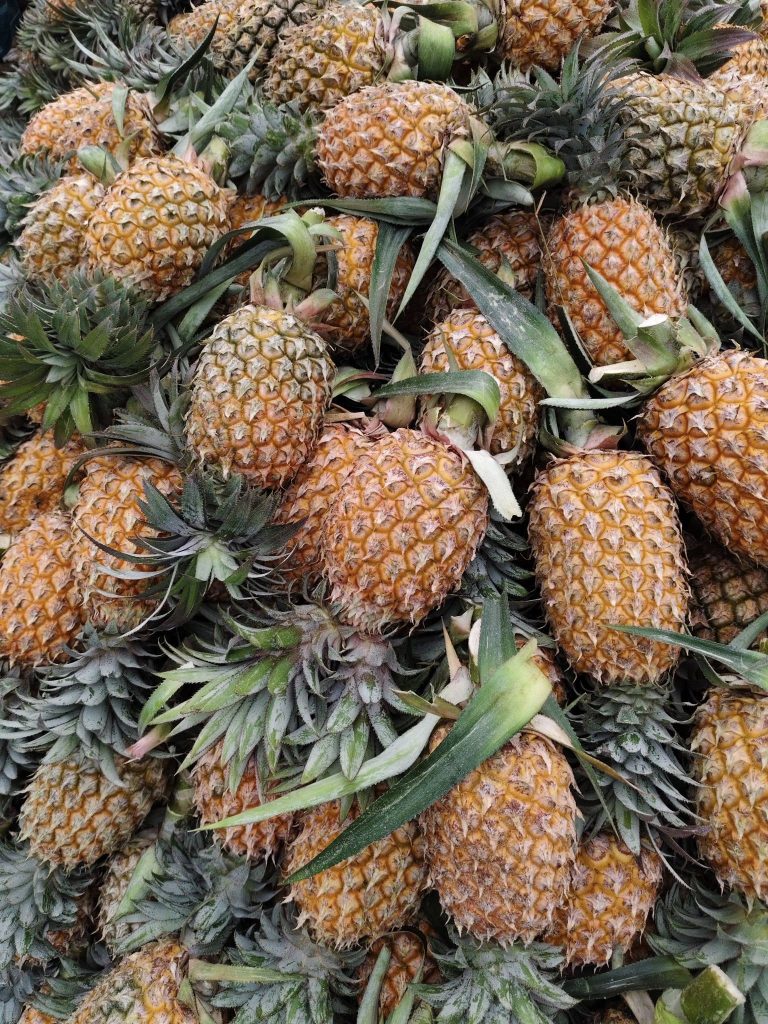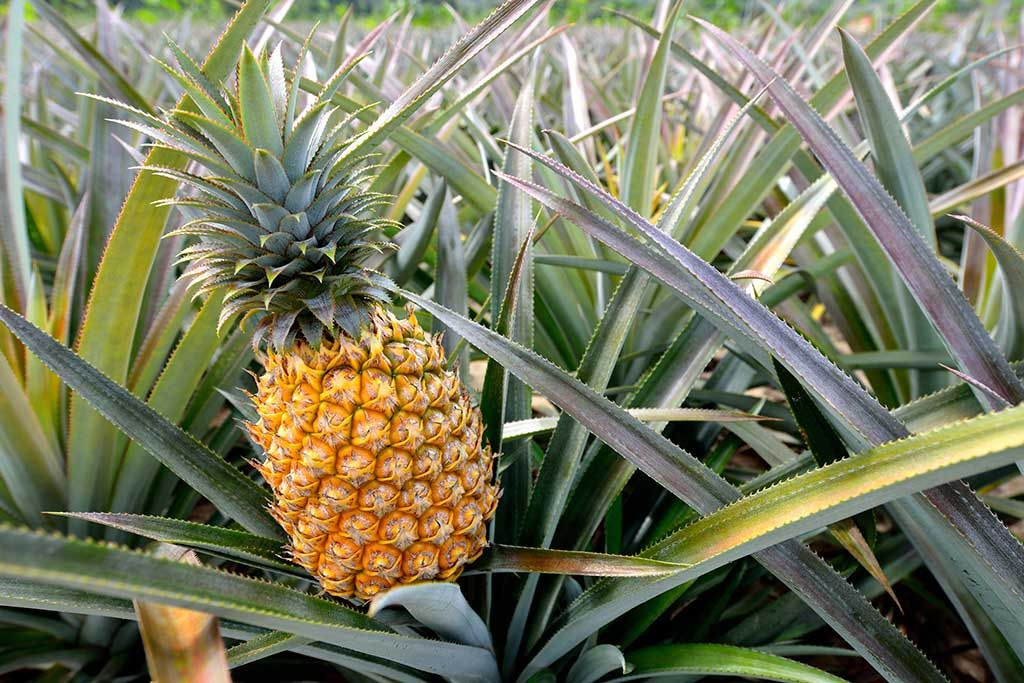The pineapple, scientifically known as Ananas comosus, is one of the most popular tropical fruits in the world. With its distinct sweet taste, juicy texture, and refreshing aroma, pineapples have become a favorite both for direct consumption and as an ingredient in various culinary creations. However, its advantages go beyond taste and aroma; pineapples are also packed with incredible nutrients.
History and Origins of Pineapple
The pineapple originated in South America, specifically in the regions of Brazil and Paraguay. It was first introduced to the world by European explorers in the 15th century after Christopher Columbus’s voyages. From there, the fruit spread across various parts of the world, including Asia, Africa, and the Pacific. Due to its uniqueness, pineapples became a symbol of luxury during the colonial era and were often served at lavish banquets.
Pineapple Cultivation
Indonesia is one of the largest pineapple producers in the world, thanks to its tropical climate that supports the fruit’s growth. Pineapples thrive in fertile, well-drained soil with abundant sunlight. The cultivation process requires special care, from planting to harvesting.
Typically, pineapples take 18–24 months to fully mature. Commonly cultivated varieties in Indonesia include Subang pineapple, Palembang pineapple, and Queen pineapple. Each variety has distinct characteristics in terms of taste and texture, offering diversity for consumers.
Nutritional Content and Health Benefits
Pineapples are known for their rich nutritional value. Some important components include:
- Vitamin C: Helps boost the immune system and maintain healthy skin.
- Bromelain: A unique enzyme that aids in protein digestion and has anti-inflammatory properties.
- Manganese: A mineral essential for bone health and metabolism.
- Fiber: Supports healthy digestion and helps control blood sugar levels.
The health benefits of pineapples are diverse, ranging from improving digestion, strengthening the immune system, to aiding post-workout recovery by reducing muscle soreness. Additionally, the antioxidants in pineapples help combat free radicals in the body.

Culinary Uses
Pineapples are versatile ingredients in the culinary world. Their fresh and slightly tangy flavor makes them suitable for various dishes, such as:
- Desserts: Pineapples are commonly used in tarts, puddings, and fruit salads.
- Main Courses: Some traditional Indonesian dishes, like pineapple fried rice or sweet and sour dishes, incorporate pineapples as a primary ingredient.
- Beverages: Pineapple is a popular choice for juices, smoothies, and tropical cocktails.
- Preserved Products: Items like pineapple jam and pineapple chips are particularly popular, especially for export.
Industry and Export
As an agricultural country, Indonesia leverages pineapples not only for local consumption but also as an export commodity. Major export markets for Indonesian pineapples include Europe, the Middle East, and Asia. Whether fresh or processed into canned pineapples or concentrated juice, Indonesian pineapples are renowned for their quality and unique taste.
Fun Facts About Pineapples
- Despite appearing as a single fruit, pineapples are actually a collection of many small fruits fused together around a central stalk.
- Pineapples do not ripen after being harvested, so it’s important to select ripe ones when buying.
- Beyond being eaten, pineapples are also used in non-culinary industries, such as making piña fiber fabric for textiles.
Challenges and Prospects
Despite their potential, there are challenges in Indonesia’s pineapple industry, such as price fluctuations, reliance on international markets, and the need for innovation in packaging. However, with the growing awareness of healthy lifestyles, the demand for fresh fruits like pineapples is expected to rise. This presents significant opportunities for agricultural entrepreneurs, including those aiming to enter the export market.
